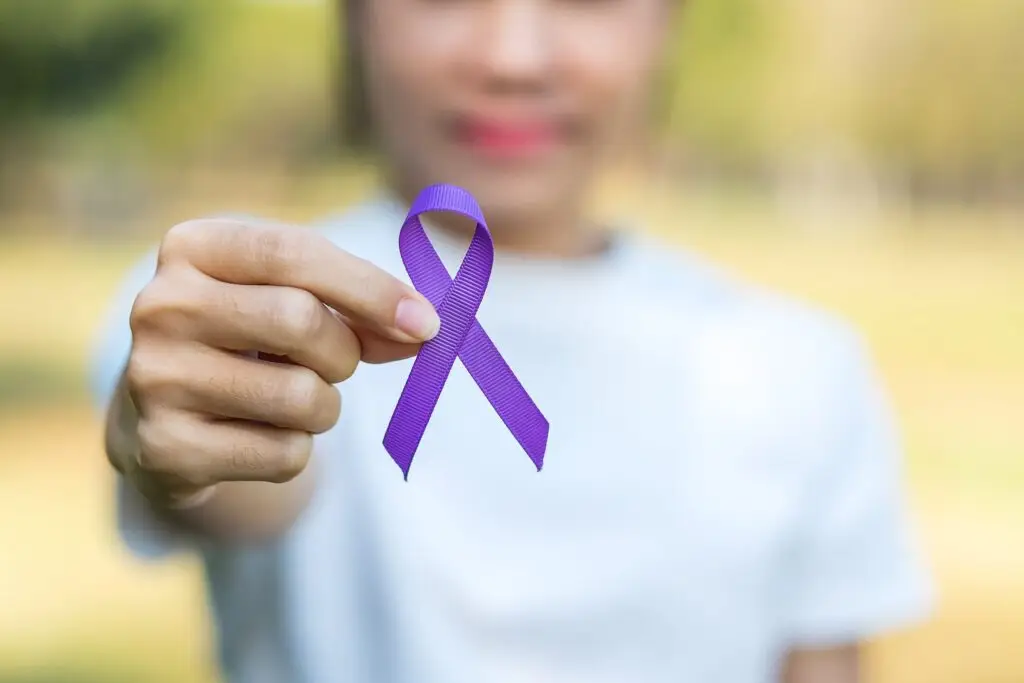Pancreatic cancer is a challenging diagnosis, impacting patients’ health and overall wellbeing. It brings physical and emotional hurdles that can make everyday activities difficult. Despite these challenges, maintaining health and staying active are crucial for improving quality of life and managing symptoms. Engaging in healthy habits can help boost energy levels, enhance mood, and support the body during treatment. This blog provides thorough tips to help pancreatic cancer patients navigate their journey with practical advice on nutrition, physical activity, and overall well-being, enabling them to take an active role in their health and recovery.
Nutritional Tips for Pancreatic Cancer Patients
Pancreatic cancer begins in the tissues of the pancreas, a vital organ for digestion and blood sugar regulation. Common symptoms include jaundice, weight loss, abdominal pain, and digestive issues. Diagnosing pancreatic cancer typically involves imaging tests, blood tests, and biopsies. Treatment options vary depending on the stage of the disease but often include surgery, chemotherapy, radiation therapy, and targeted therapies. Understanding these basics equips patients and caregivers to make thoughtful decisions about health and lifestyle adjustments. Maintaining a balanced diet is essential for pancreatic cancer patients, as it supports overall health and helps manage treatment side effects. Consider these essential nutritional tips:
-
Balanced Diet Importance
Proper nutrition provides the necessary nutrients to maintain energy levels, support the immune system, and promote healing – helping the body repair and recover. Additionally, a well-planned diet can alleviate some of the digestive issues and nutritional deficiencies that may arise during treatment. Eating lots of fruits, vegetables, lean proteins, and whole grains is good for you.
-
Foods to Avoid
Certain foods can be difficult to digest and exacerbate symptoms. It’s essential to be mindful of fatty foods such as fried foods, high-fat meats, and creamy sauces, which can be hard to digest and may cause discomfort. Sugary foods like sweets and sugary drinks can lead to blood sugar spikes, potentially worsening fatigue and nausea. Spicy and acidic foods can irritate the digestive tract and increase discomfort, particularly for those experiencing gastrointestinal issues.
-
Hydration
Staying hydrated is crucial, especially if experiencing diarrhea or vomiting due to pancreatic cancer or its treatments. Adequate hydration helps maintain fluid balance, supports digestion, and promotes overall well-being. Water, herbal teas, and clear broths are excellent choices to stay hydrated. Additionally, electrolyte drinks can help replenish lost minerals and maintain electrolyte balance, which is essential for preventing dehydration and supporting recovery.
Physical Activity Recommendations
Regular physical activity offers numerous benefits, including improved mood, increased energy levels, and better overall health. Exercise can help reduce fatigue, enhance physical function, and improve mental health. It can also support the body’s ability to handle treatments better.
-
Types of Suitable Exercises
Walking is a simple and flexible activity that can be adjusted to any fitness level, while swimming, gentle on the joints and muscles, serves as an excellent low-impact exercise; yoga focuses on gentle stretching and mindfulness, promoting relaxation and flexibility, and stretching keeps muscles limber and helps prevent stiffness.
-
Creating a Routine
Developing a consistent exercise routine can be beneficial. Begin with small, achievable goals and slowly increase your activity level over time. Aim for at least 2-3 hours of moderate-intensity exercise per week, but listen to your body and adjust as needed.
-
Listening to Your Body
Listening to your body’s signals is crucial in managing pancreatic cancer. It’s important to pay attention to cues of fatigue or pain and prioritize rest when needed. Avoid pushing through severe discomfort, as this can exacerbate symptoms and hinder recovery. Balancing activity with adequate rest and recovery time is essential for maintaining energy levels and overall well-being during treatment. Taking breaks when necessary allows the body to recuperate and supports a more sustainable approach to physical activity.
Managing Side Effects and Symptoms
Pancreatic cancer treatment often comes with challenging side effects. Patients may experience fatigue, nausea, pain, digestive issues, and loss of appetite. Here are practical strategies to manage them:
-
Coping Strategies
Coping strategies for managing pancreatic cancer include eating smaller, frequent meals to manage nausea and maintain energy levels, practicing relaxation techniques such as deep-breathing exercises, meditation, and gentle massages to alleviate pain and reduce stress, and ensuring hydration and electrolyte balance to manage fatigue and digestive issues.
-
Medical Advice
Always consult healthcare providers for personalized advice and plans, as they can offer medications and strategies designed for your specific needs. Healthcare professionals can provide guidance on symptom management, treatment adjustments, and supportive care to optimize quality of life during treatment.
Mental and Emotional Well-being
The psychological impact of pancreatic cancer is significant. Addressing mental and emotional health is as important as physical health.
-
Psychological Impact
Feelings of anxiety, depression, and fear are common. Acknowledging these emotions and seeking support can help manage them.
-
Support Systems
A strong support network is essential. Family, friends, and support groups offer both emotional support and practical help. Sharing experiences with others in similar situations can be particularly comforting.
-
Stress-Relief Techniques
Stress-relief techniques for managing pancreatic cancer include practices like meditation and mindfulness, which help reduce stress and promote calmness, engaging in enjoyable hobbies and interests for distraction and joy, and seeking support from mental health professionals such as therapists or counselors, which can be beneficial for emotional well-being.
Tips for Caregivers
Caregivers provide essential physical, emotional, and logistical support. Their involvement is crucial in the patient’s care journey.
Encouraging and assisting patients in following their nutritional and exercise plans can significantly impact their health. Preparing healthy meals, participating in exercise routines, and offering emotional support are practical ways to help.
Caregivers must also look after their own health. Taking breaks, seeking support from others, and engaging in self-care activities are vital to avoid burnout and maintain the ability to care for their loved ones.
Staying healthy and active while managing pancreatic cancer is challenging but achievable with the right strategies. Balanced nutrition, regular physical activity, and addressing mental well-being are key components. Caregivers play a crucial role and need to ensure they take care of themselves too. Remember, every step towards wellness counts, and with support from loved ones and healthcare professionals, it becomes easier to navigate this journey.
Join us in our mission to advance the early detection of pancreatic cancer and save lives. Explore www.trovanow.com to discover ways you can contribute and donate today. Your contribution can significantly impact the lives of pancreatic cancer patients and their families, providing hope and support for a brighter future.






